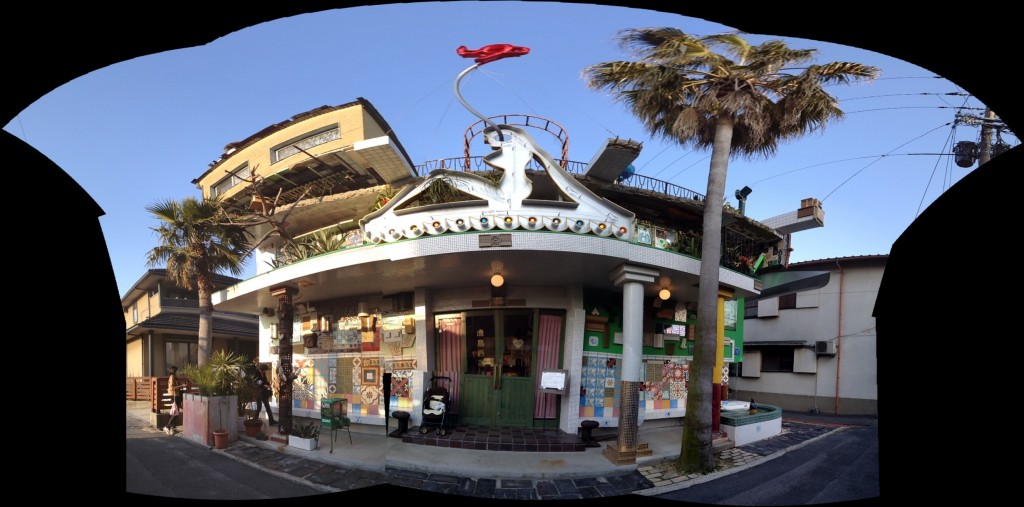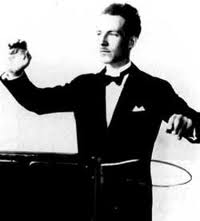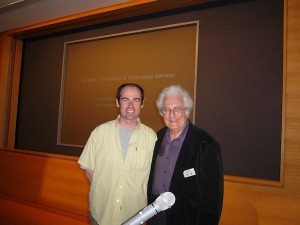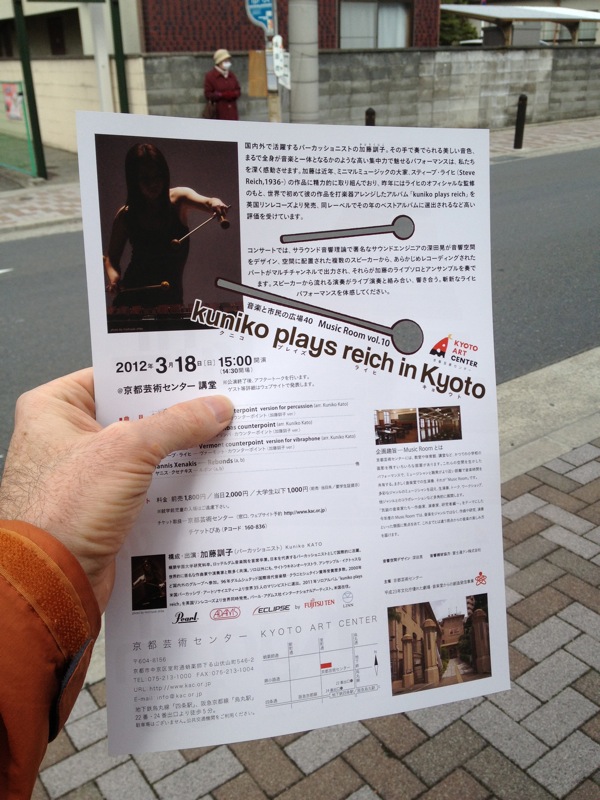Hopefully this blog will not degenerate into a series of YouTube highlights, but since I broke the ice with the Nina Hagen post, I thought I’d add another peek at an era young viewers are probably not familiar with. Frankly, the beginning of term leads me to seek relaxation on certain days (you might be able to guess specifically which days) and there are times when light entertainment is needed.
First up, “White Punks on Dope” by The Tubes, a tongue-in-cheek send-up of early 70’s glam band excess. You’ll recognize the tune from Nina Hagen’s “TV Glotzer”: Nina borrowed the song but changed the words. Not sure how that would have worked out copyright-wise. Other than being hilarious, this video is a record of the Tubes’ UK tour, which made an impact on early UK punk, or so goes the story.
This dates back to my pre-teen years. I can vaguely recall this catchy tune being on the radio. My family made a trip back home to the UK in the early 1970’s and I can remember watching glam bands on TV, most likely on “Top of the Pops” rather than the more mature “Old Grey Whistle Test”. I also have a surreal memory of some teachers getting our class to dance to Gary Glitter‘s early 70’s glam anthem “Rock and Roll Part 2”. That must have been either grade six or seven.
Two excellent acts of the glam era were David Bowie and Brian Eno (with Roxy Music during Glam). First, a recently re-discovered video of David Bowie in a 1973 Top of the Pops performance of “The Jean Genie” a pun on the name of controversial writer Jean Genet. It seems that the BBC had erased this video tape, but one of the cameramen had saved a copy because it used a television camera customized with fisheye lens. The video showed up on YouTube late last year.
In the final video for today, you can watch Brian Eno, when he still had feathers, playing the tambourine and soloing the VCS3 during his glam days with po-mo art school rockers Roxy Music. The VCS3 was an early commercial synth that had only three oscillators and rather unstable voltage controls. These days a VC3 in good condition will fetch more than £5000.











